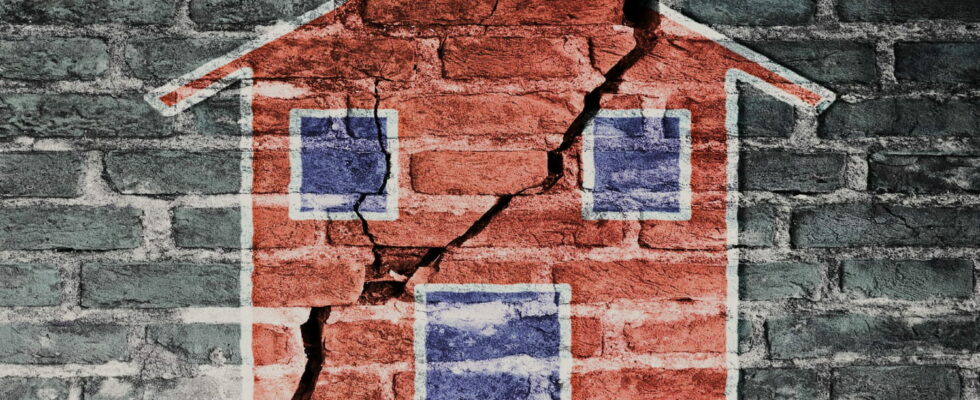Creams appeared on the walls of your home or your building? Watch their evolution well and call a professional for an examination, because some could represent a real danger.
Cracks on the walls of a house are a fairly common phenomenon, which can however worry the owners. If some are harmless and have no danger, others can reveal more worrying structural problems. It is therefore essential to know how to distinguish one from each other, in order to act accordingly and stem the problem early enough in order to avoid harmful consequences on your house.
Among the most widespread cracks, there are many that do not represent any threat to the stability of your home. Called microfissures or superficial cracks, they generally only affect the coating or the external coating of the building, and not the structure or the carrier structure. Often very fine (less than 1 mm wide) and shallow, they can nevertheless lead to water infiltrations, especially if they widen over time, and it is therefore important to monitor their evolution.
On the contrary, some cracks are a sign of a more serious structural problem and must alert you. Often wider and deeper than superficial microfissers, there are different types: vertical, which indicate a problem of foundations; horizontal at ground level, which signal a problem of chaining the walls; In staircase, a sign of a joint problem between concrete blocks or bricks; And in mustache, which appear in the corners of the doors or windows.
These cracks must be taken very seriously because they can weaken the structure of your home and cause significant disorders if they are not treated quickly and correctly. If you spot such cracks on the outer facades, interior walls, floors or ceilings of your home, be vigilant and monitor their evolution. If the cracks lie down, branch or widen in particular, it is the indication of an underlying problem that worsens.
The origins and causes of structural cracks are multiple and varied. They can be linked to soil movements (settlement, withdrawal), to construction defects (poor quality of materials, alignment errors), to disorders linked to the age of the building (deterioration of materials) or Still at external events (earthquake, floods, work nearby). And in order not to fix anything, climate change increases the frequency and intensity of events that can weaken dwellings.
In addition, it is necessary to take into account the geographic location as well as the age and the type of construction, because there are enormous differences according to the regions and the materials used in the structures (stone, brick, adobe, concrete block, concrete, etc.). So many parameters that make the analysis complex. There is no universal rule: each crack is a special case.
Identifying the exact cause of cracks is an essential first step, because repairs and treatments to be implemented to remedy it can be very different. The solutions range from a simple aesthetic rewinding of microcofissurs on plasters, to much more complex and more expensive work, such as the consolidation of the structure or the repair of a load -bearing element. In any case, it is essential to call on a competent professional to analyze the situation, advise you and carry out the necessary work.
